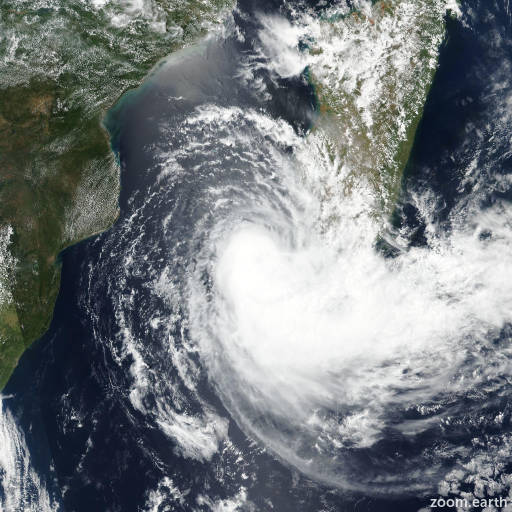Tropical Cyclone Cheneso 2023
Last Modified:

Satellite images, weather maps and tracks of Tropical Cyclone Cheneso 2023, 13 - 30 January. Max wind speed 150km/h.
Click on the map to add points. Double‑click to finish.
Tap on the map to add points.
Last Modified:

Satellite images, weather maps and tracks of Tropical Cyclone Cheneso 2023, 13 - 30 January. Max wind speed 150km/h.